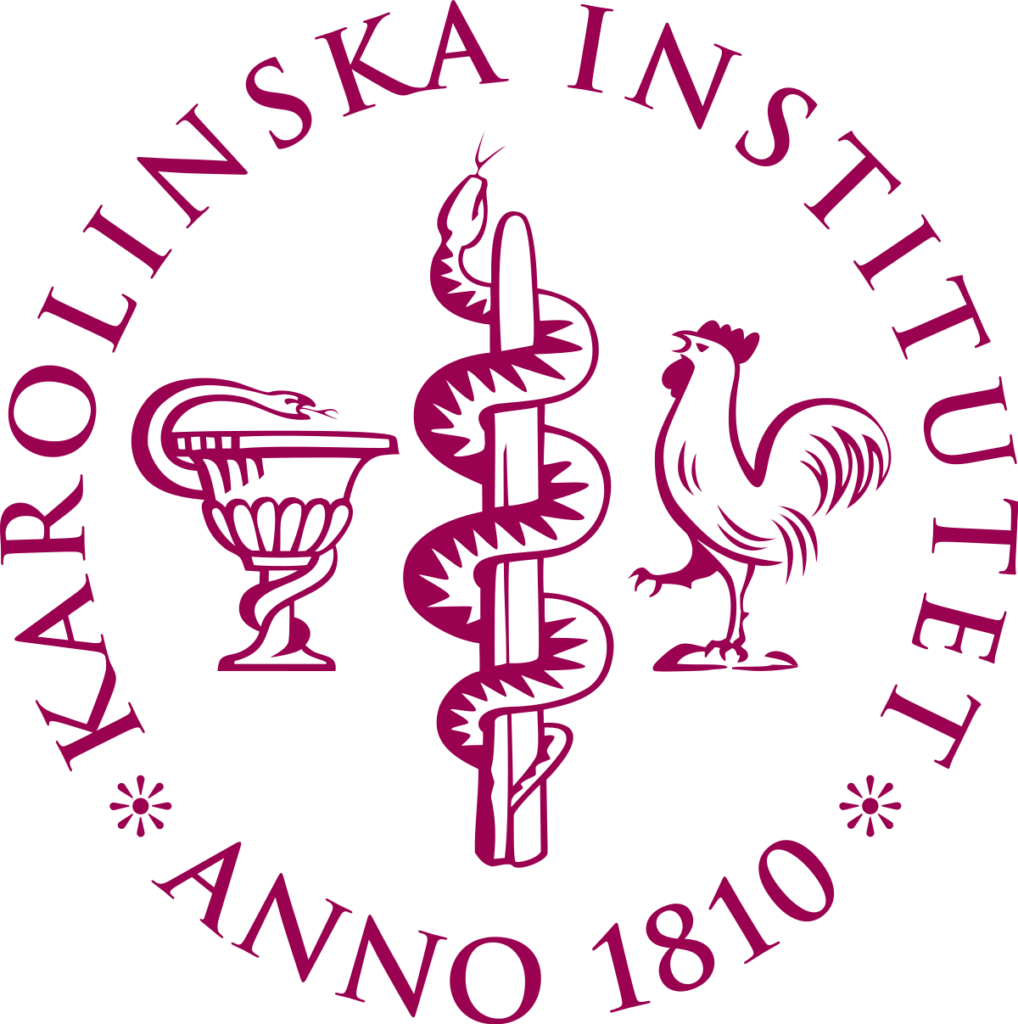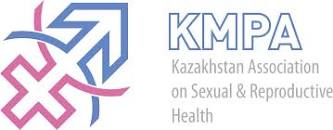
The Effect Of Drug Abuse On Pregnancy[:]
 Source: www.drugrehab.org
Source: www.drugrehab.org
Drug use and abuse can happen to anyone. According to the Centers for Disease Control and Prevention (CDC), 1 out of every 10 people in the United States over the age of 12 have used an illicit drug—defined as a drug that is illegal to consume—at least once within the last year. An additional 2.4 percent have taken a prescription psychotherapeutic drug for nonmedical purposes that either wasn’t prescribed to them or was previously prescribed to them.
12.9% of Women Say They’ve Used An Illicit Drug In Past Year
These numbers are slightly higher for women. According to the National Institute on Drug Abuse (NIDA), 12.9 percent (or 15.8 million) of women over the age of 18 have used some type of illicit drug within the last 12 months. Those misusing prescription drugs is higher as well at 3.8 percent, or 4.6 million women in total.
While illegal or improper use of drugs can be damaging to any woman’s mental and physical health, this behavior can have even more consequences if an unborn child is involved.
Pregnancy and Drug Use or Abuse
The NIDA reveals that drugs taken during pregnancy affect the mother and the growing fetus because these substances “pass easily through the placenta.”
The National Institute of Child Health and Human Development explains that the placenta is “a temporary organ linking mother and fetus [which] brings nutrients and oxygen to the fetus and moves harmful waste and materials away.” It performs the same duties as many internal organs not yet fully formed—like the lungs, liver, and kidneys—and, if problems develop, can create lifelong issues for the mother and child.
What are some of those potential issues? The answer to that question depends largely on which drug or type of drug is consumed.
Illegal Drugs
According to the American College of Obstetricians and Gynecologists (ACOG), 1 out of every 20 pregnant women uses some type of illegal drug, also commonly referred to as a street drug. This can result in a number of issues that sometimes include:
- Miscarriage
- Preterm labor, which is labor that occurs prior to the 37th week of pregnancy, or preterm birth
- Stillbirth
Additionally, if a child is born to a mother who has used illegal drugs during pregnancy, there is an increased risk of low birth weight, small head size, heart defects, and other birth defects. Then, as the child begins to grow, there is also increased risk of delayed growth, learning and behavior issues, and even sudden infant death syndrome (SIDS).
Opioids
The ACOG explains that use of street-level opioids, like heroin, put a pregnant woman at risk of developing several different complications, some of which include placental abruption (which is when the placenta separates from the uterus wall prematurely), preterm birth, and stillbirth. It can also disrupt the fetus’s normal growth.
While no opioid use is preferred for pregnant women, the ACOG stresses that if there is an addiction to this type of drug, they “should not suddenly stop using the drug without medical supervision.” Their reasoning is that withdrawal symptoms often lead to relapse, which puts both the mother and the unborn baby at risk.
The ACOG adds that there are also medications that can assist with stopping opiate use, such as methadone or buprenorphine, neither of which have been linked to birth defects. In some cases, the infant may go through withdrawal if the mother has taken either of these drugs, but there are also things that can be done to ease these effects, like swaddling the baby, offering skin-to-skin contact, and taking certain medications.
Stimulants
Drugs that fall into this category include cocaine and methamphetamine. The NIDA indicates that the effects of these types of drugs on a growing fetus are somewhat unclear, largely because pregnant women who take them often use other drugs as well.
The NIDA goes on to explain that, in some cases, women who take stimulants don’t necessarily take proper care of themselves in regard to nutrition and prenatal care. As a result, it’s difficult to ascertain whether a child born with issues is struggling due to the mother’s use of stimulants or if the problems are related to one of these other just-as-important factors.
For the expecting mother specifically, potential consequences of using this category of drug include:
- Migraines
- Seizures
- High blood pressure or preeclampsia
- Premature membrane rupture
- Separation of the placenta from the uterus
- Spontaneous miscarriage
- Preterm labor
- Difficult delivery
Babies born to mothers who used cocaine during pregnancy can also be born with a lower birth weight or be shorter-than-normal in length. They can be irritable and hyperactive, and they may experience tremors, have a high-pitched cry, and engage in excessive sucking. These symptoms may be due to withdrawal or they may be because cocaine is still in the child’s system, where it can remain for as many as seven days post-birth.
Research has found that children born to pregnant women who use the stimulant methamphetamine—roughly 6.7 percent of all people seeking treatment for this drug—often act out or are hyperactive in nature. They’re also often more depressed, anxious, and struggle on a cognitive level.
Marijuana
Marijuana is legal in some states medicinally and/or recreationally, but it is included within the list of street drugs because it’s illegal to consume in many areas.
Some expecting mothers use marijuana or cannabis to help them get through the nausea they experience due to pregnancy-related morning sickness. However, marijuana usage during pregnancy can oftentimes have unintended effects, such as increasing the risk of stillbirth by 2.2 times, according to the NIDA.
There are studies that have linked marijuana to a variety of health issues sustained by a child following birth. For instance, the Alcohol & Drug Abuse Institute (ADAI) at the University of Washington reveals that, while researchers aren’t clear on all of the effects marijuana has on a fetus, some studies have found that children who are exposed to this drug in utero can potentially be born with a hole in their heart. Also, as they get older, they may develop cognitive difficulties related to memory and reasoning, attention span, impulsiveness, and hyperactivity.
Sometimes these negative effects continue into the teen years, says the ADAI, where they can be compounded by depression, anxiety, and academic difficulties. Usage of marijuana during pregnancy also means that the adolescent may have a higher risk of marijuana usage as well.
The ADAI adds that sometimes marijuana used during pregnancy can lead to physical issues for the baby, such as the development of childhood cancers. For reasons such as these, the ACOG recommends that marijuana not be consumed at all during pregnancy, even if it is prescribed for other purposes. Instead, alternate remedies should be explored to treat the originating condition without potentially causing harm to the fetus.
Socially Acceptable, Prescription, and Other “Legal” Drugs
While taking illegal drugs can have a negative effect on both a pregnant woman and her unborn child, there are also “legal” drugs that can impact both. Many of these are socially acceptable or even prescribed, yet may not be the best for a mother and the growing fetus.
Caffeine
Approximately 54 percent of Americans drink coffee daily. Worldwide, around 2 billion people consume at least one cup of tea every day. Therefore, it isn’t unrealistic to think that women who become pregnant will want to continue this habit, though some health experts advise that the cons may outweigh the pros.
The American Pregnancy Association (APA) is one such expert, and they point out that caffeine can raise blood pressure and heart rate, neither of which are good for a pregnant woman. It is also a diuretic, which can potentially lead to dehydration. According to the APA, caffeine can also harm the fetus by disrupting their normal movement patterns and keeping them awake, which can keep the mother awake as well.
While there is conflicting and inconclusive research as to whether it causes birth defects or can lead to miscarriages, the APA suggests that consuming 150 to 300 mg of caffeine daily has been deemed relatively safe. There is roughly 95 mg of caffeine in a cup of coffee, but that amount can exceed 500 mg, such as with an extra large coffee from Dunkin Donuts (517 mg), so monitoring the exact amount is recommended.
It’s also important to realize that there is caffeine in other products as well. This includes chocolate and many over-the-counter headache and migraine medications.
Alcohol
Alcohol use during pregnancy can lead to the unborn child developing Fetal Alcohol Syndrome (FAS), Partial FAS, Alcohol-Related Neurodevelopmental Disorder, or Alcohol-Related Birth Defects.
The National Institute on Alcohol Abuse and Alcoholism (NIAAA) says that the risk of these types of conditions increases if the expecting mother engages in binge drinking, which they define as consuming more than three drinks in one episode. This is especially critical during the first trimester. The NIAAA says that the frequency in which a pregnant woman drinks is a factor as well.
Babies born with FAS often have trouble emotionally, as well as difficulties related to understanding, attention, memory, and communicating. These can affect them academically and, later, create problems associated with holding work. Thus, FAS has both short- and long-term effects.
For these reasons, binge drinking is discouraged during pregnancy, but the NIAAA also emphasizes that “there is no known safe level of alcohol consumption during pregnancy.” Therefore, they recommend that pregnant women abstain from alcohol completely.
Nicotine
The NIDA indicates that roughly 16 percent of all pregnant women have smoked during some portion of their pregnancy. Furthermore, nicotine “in the blood of the fetus can be as much as 15 percent higher than in the mother.” The ACOG adds that the nicotine, which is only one of thousands of harmful chemicals contained in cigarettes, narrows the blood vessels. This allows less oxygen and fewer nutrients to make it to the growing fetus, which can cause permanent damage to the brain and lungs.
The CDC adds that smoking also increases the risk of birth defects like cleft lip or cleft palate, premature birth, miscarriage, and low birth weight. It can even contribute to SIDS. Stillbirth risk is also increased by 1.8 to 2.8 times when a woman smokes while pregnant according to the NIDA, and is believed to be a contributing factor to more than 1,000 infant deaths annually.
Even “passive exposure” to nicotine can have negative consequences. Secondhand smoke can increase the expectant mother’s risk of having a stillbirth by 2.1 times. It can also result in premature birth or low birth rate, as well as an increased risk of asthma, respiratory issues, ear infections, and cavities for the baby after he or she is born.
Some expecting mothers move to e-cigarettes in an attempt to be “healthier,” but the NIDA warns that they also contain nicotine, so their effects may be similar. The ACOG agrees, stating that there may also be issues with the propellant and flavoring used in electronic cigarettes. With this in mind, they suggest that it’s best to simply abstain from smoking altogether during pregnancy.
Prescription Painkillers
What happens if a woman becomes pregnant while taking prescription painkillers like codeine, oxycodone, hydrocodone, and morphine? According to the CDC, these opioids increase the risk of the fetus having developmental issues related to the brain or spine. They can also lead to the baby being born with heart defects or their intestines protruding from their abdomen via a hole next to their belly button.
In some cases, opiate use during pregnancy can lead to preterm delivery or stillbirth, with NIDA reporting that prescription painkillers can increase this risk by 2.2 times. However, as with street opiates, the CDC does not recommend stopping prescription painkillers suddenly as this may do more harm than good. Instead, it is suggested that you consult with your doctor to determine the best course of action for you and your unborn child.
The Impact of Addiction on a Newborn Baby
When a drug is taken regularly during pregnancy, the baby may become dependent on it, creating a withdrawal effect after birth. This is called neonatal abstinence syndrome (NAS) and is most common if the baby is born addicted to opiates. If NAS exists, this typically requires that the baby be hospitalized in an effort to effectively treat the withdrawal symptoms.
According to the NIDA, these withdrawal symptoms can appear up to 14 days post-birth and often include:
- Irritability
- Excessive crying
- High-pitched crying
- Trouble sleeping
- Increased heart rate
- Diarrhea and other gastrointestinal issues
- Slow weight gain
- Vomiting
- Seizures
Long-term effects of drug use by the mother during pregnancy can also create lasting effects for the baby, such as those that occur as a result of birth defects, premature birth, or low birth weight. In severe cases, it can even lead to SIDS.
When the Father Uses or Abuses Drugs or Alcohol
In some cases, use of drugs or alcohol by the father can potentially impact the fetus as well. The Organization of Teratology Information Specialists (OTIS) says that is called “paternal exposure.” Also, while OTIS says that use of alcohol, tobacco, and other drugs by the father has no proven consequences for the child in relation to the development of possible birth defects, some health experts believe that it can cause some serious issues.
For instance, the ADAI indicates that the use of marijuana by the father during the 12 months prior to the pregnancy can increase the risk of the child developing rhabdomyosarcoma, a rare cancer that develops in the muscle tissue. And if the father uses marijuana during the conception or the pregnancy, or even after the child is born, the ADAI says that the child’s risk of SIDS is said to increase.[:]
















